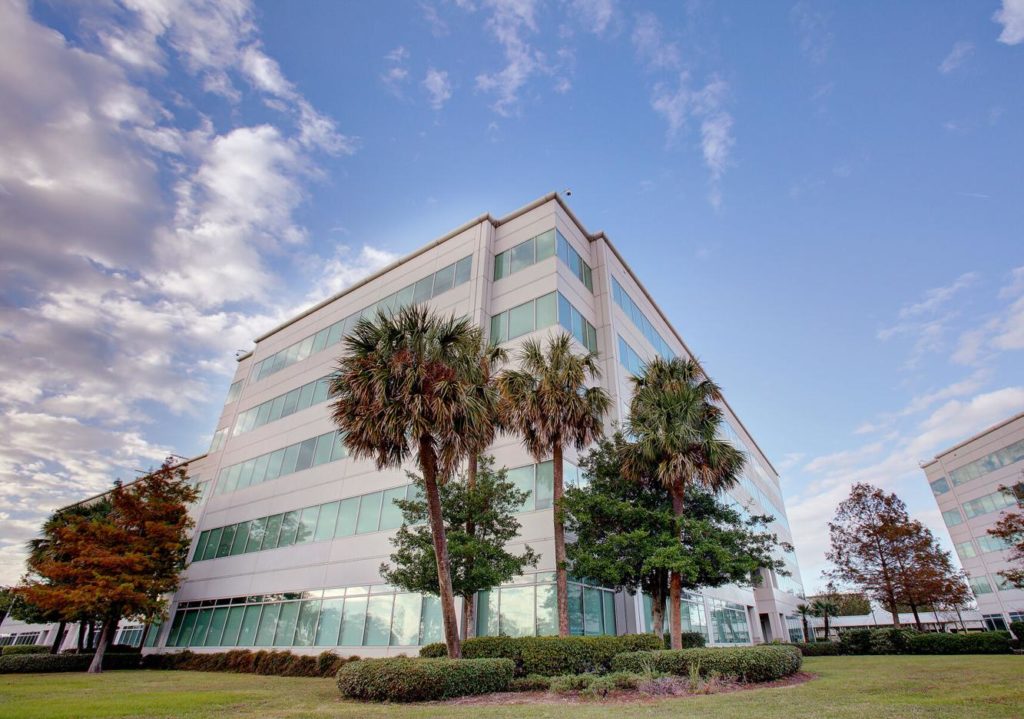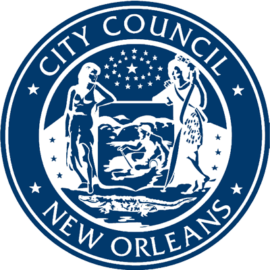
University of New Orleans
The cutback to 50% of greenhouse gases is now in 2035 and not 2030 says the mayor.
Mayor LaToya Cantrell this week announced a new climate action plan for the city of New Orleans that pushes back a deadline to cut greenhouse gas emissions in half by five years, calling for meeting that goal in 2035 rather than the previous goal of 2030. The document, unveiled by Cantrell Tuesday, says that by 2050, the city will run completely on clean energy. Cantrell presented the new plan at the University of New Orleans during a workshop for community leaders in renewable energy. She said the plan “sets ambitious goals to reduce our greenhouse gas emissions and achieve carbon neutrality by the mid-century. It also lays the groundwork for a cleaner and safer community for decades, while also allowing our residents and businesses to equitably participate in the new green economy.” The original goal of halving emissions by 2030 was set by Mayor Mitch Landrieu’s administration in 2017. The International Panel on Climate Change’s report earlier this year had similar goals, calling for the reduction of emissions by 45% by 2030.
nola.com
Barriers to the change are not breaking down as hoped.
The plan says that certain barriers – in particular, the slow pace of both electric vehicle adoption and a cleaner mix of power sources for the electric grid — likely put the 2030 goal out of reach. But the city’s updated plan mirrors national benchmarks set out by President Joe Biden, whose administration announced a goal of reducing emissions by 50% by 2035, and reaching net-zero emissions by 2050. Joe Threat, the city’s chief resilience officer, said the Cantrell administration has a number of projects underway that will reduce carbon emissions, including efforts to expand electric vehicle usage and charging and projects to plant trees and create green spaces, rain gardens and bioswales. Threat also noted plans to install solar farms at the former Agriculture Street Landfill, pending the homeowner buyout process in Gordon Plaza, the subdivision that sits atop the former landfill.
The City Council had a date of 2040 for clean energy.
The City Council passed a mandate in 2019 that all electricity in the New Orleans grid, by 2040, come from sources that don’t emit carbon. The climate action plan actually accelerates that timetable, and aims to have the grid rely on 100% clean energy by 2035. By switching completely to clean energy, the city’s yearly energy emissions will be reduced by over 1 million metric tons of CO2. “So, why are we setting a more ambitious goal?” Deputy Chief Resilience Officer Greg Nichols asked rhetorically. “Cleaning the grid is one of the biggest emissions reduction segments in our plan, and we believe this national goal can accelerate things more quickly.” The city is working to use renewables and more efficient energy practices for its own buildings, aiming to have a 40% reduction in city buildings’ energy use by 2030. The Cantrell administration also plans to work with the City Council to draft an ordinance that would set energy requirements for commercial and multi-family buildings in 2024.
The city does have plans in place to start the movement.
Solar energy will be used to help clean the grid, with planned solar farms at the NASA Michoud Assembly Facility and the former Agriculture Street landfill, along with more rooftop solar panels scattered in other locations. The federal Communities Local Energy Action Program, which presented at the workshop, will help the city develop plans for solar energy generation that would include battery storage and microgrids not dependent on Entergy power. The city plans to cut yearly transportation emissions by over 1 million metric tons of CO2 by designing more efficient public transportation routes that operate more quickly and reliably. The plans also calls for adding more bike lanes and green spaces so that pedestrians and cyclists have more options — though it’s worth noting that the City Council voted in September to remove over two miles of recently installed bike lanes in Algiers. Those bike lanes were part of the Cantrell administration’s vision for a 75-mile bikeway. City officials are also hoping that more residents start replacing gas vehicles with electric ones, and they are building charging stations around the city to encourage the practice. A city ordinance requires that, as of 2023, the city will only be able to buy electric vehicles. City officials plan to have 75% of city-owned vehicles be low- or no-emission by 2035. “Setting ambitious goals is the first step, but there is a lot of work ahead of us,” said Nichols. “We look forward to implementing this plan and working with residents and businesses to take aggressive actions to reduce our carbon emissions.”
The city will also have to have more charging stations.



